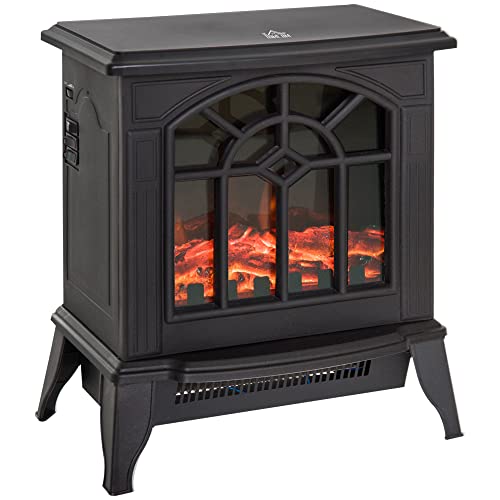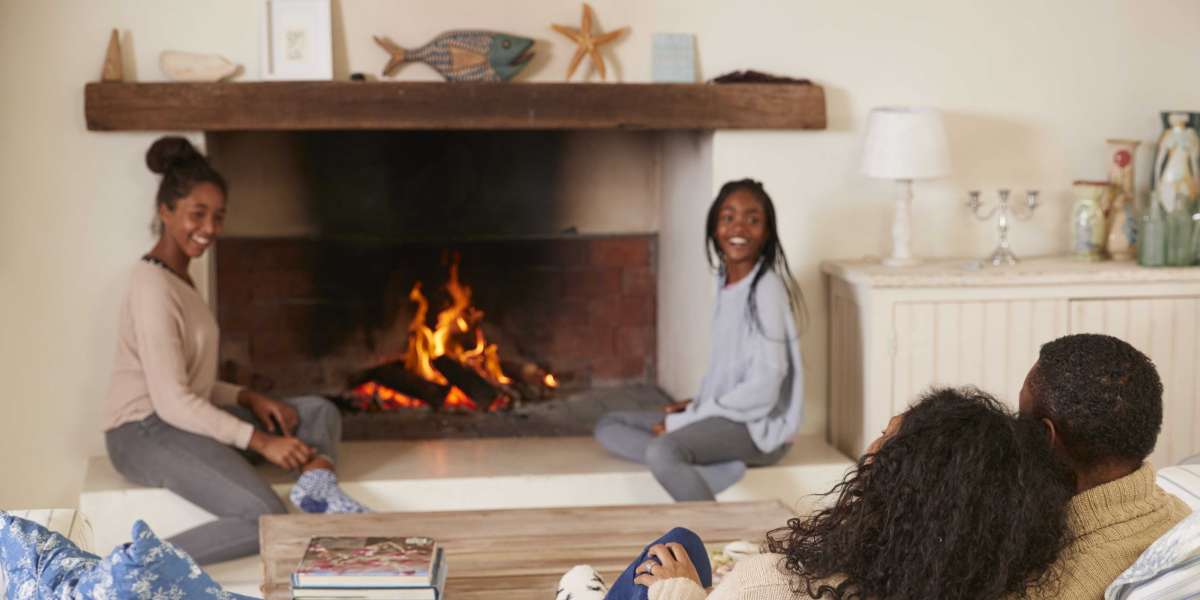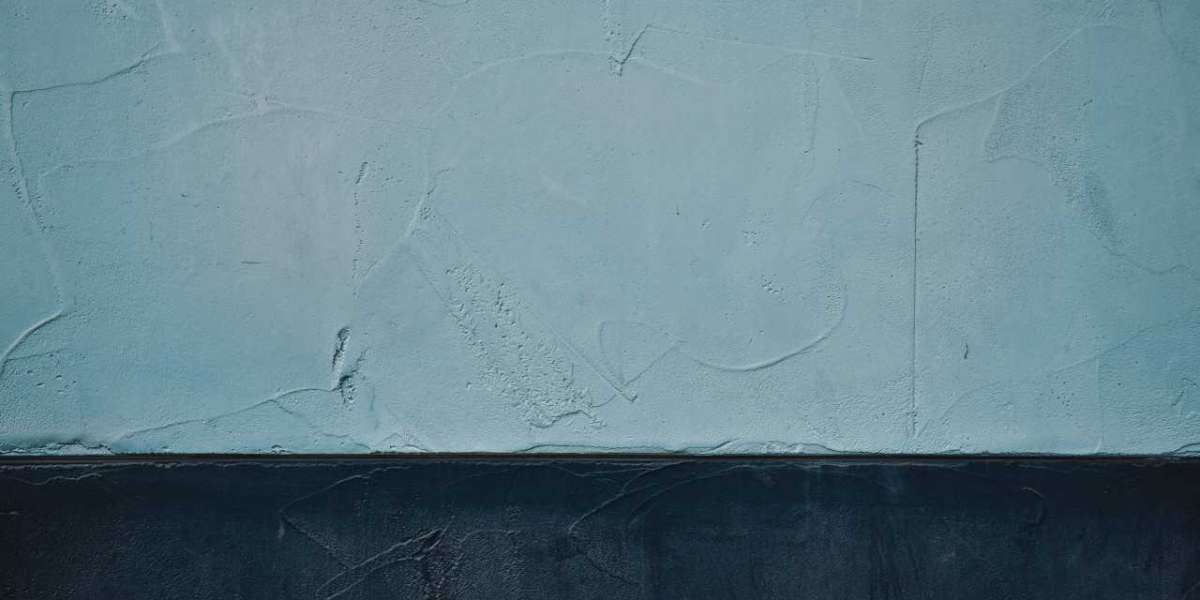 Choosing a Fireplace Surround
Choosing a Fireplace SurroundThe best surround can add a sense of style to your living space regardless of whether you are using it for warmth or for aesthetics. It can be difficult to pick a fireplace surround that is safe and in line with the code.
These custom-built surrounds are built from non-combustible materials and adheres to the National Fire Code. They can look great in any style of home.
Simple Concrete Surround with Marble Slabs
A fireplace surround can be a focal point within a room and it can add warmth and charm. It can be constructed from various materials and designed to suit various styles of design. It's important to consider the style of the room and the budget before deciding on the design of a fireplace surround.
Marble fireplace surrounds give a sophisticated look that complements a variety of design styles. They can be paired with rustic woods or more modern metals to create a unique, contemporary style. Marble is easy to maintain, and can withstand high temperatures, making it a great option for a surround.
Stone is a timeless material for fireplace surrounds and offers a timeless appeal that is suitable for many homes. It can be cut and cut to give it a modern appearance or left unfinished for a more traditional appearance. Stacked stone veneers are a popular option to give depth and texture to a room.
Granite is a very popular material for modern fireplace surrounds due to the fact that it's strong and resistant to heat very well. It is available in a variety of designs and colors, making it possible to create a variety of designs. Quartzite can be molded and shaped to fit the modern design of a surround.
Installing a concrete enclosure for a fireplace might be possible for DIYers. While it may seem daunting but it can be easier than you might think if you prepare and work with a professional to make sure the structure is sturdy enough.
A professional is also recommended when building a marble fireplace surround because it requires a lot of attention to avoid damage. A skilled carpenter can help you avoid making mistakes that could cost you thousands of dollars in repairs.
If you plan to use tiles as a fireplace surround, you must make sure it's suitable for high temperatures. You can typically find this information on the package or ask an employee at a local home improvement store.
Leaning Frame Surround
The fireplace's surround can transform a room. It's not just designed to be aesthetically pleasing but also has a functional function, which is to protect the wall behind the fireplace from damage caused by fire and to reflect heat away from the room. It is available in a variety materials and is customizable to match any style or décor.
Choosing the right material for the frame's leaning surround is crucial to create an intentional design. Concrete is a great option because it is durable and non-flammable. It also has a lot of visual appeal due to its natural texture and colour. It's usually poured into a mold, giving you the opportunity to create a unique design for your fireplace surround.
When designing your leaning frame, make sure to add layers. This makes the piece appear curated and intentional instead of being randomly placed on the wall or on the shelf. If you plan to display heavy items such as lamps or vases on frames that lean, put a piece of rubber drawer lining underneath the base. This will stop them from sliding and damaging surfaces.
If you're using a concrete or marble surround, you might want to consider putting a wooden board on the bottom to keep it in position. It will also help in reducing the weight of the item and prevent it from shifting while you enjoy a good glass of wine or coffee on your mantel.
After you have chosen the material, it's time to build the actual piece. Begin by marking the wall you're building with the dimensions of the surround and use a sander to cut cleats on each of these points. Ensure that the top cleat is at least 1 foot longer than the shelf.
Fix the brackets to the wall. Make sure that the bolts are inserted through the backer board and then into a wall stud. The pre-drilling of the screw holes is required if you need to. Then, temporarily clamp the mantel on the backer board. Fix the mantel using lag bolts (2-4 bolts per stud). Make sure that the bolts are long and strong enough to cover the entire thickness of the backerboard, plus 2/3 of the mantel's thickness.
Black Firebox Surround
Fireplace surrounds serve a practical and decorative role. They shield walls from damage caused by heat and also help to redirect some of the heat back into the room and can create a fireplace that is a focal point in a room. The most common materials for fireplace surrounds include wood and metal. Metal surrounds can be required by the building code in order to safeguard nearby combustible materials or to enhance the look of a fireplace.
The fireplace in this contemporary living space features the black firebox surround, with white marble accents. The stone is a more expensive material that requires more maintenance than a mantel made of wood, however it provides a dramatic and striking design element to the space. The black finish also ties together the dark tones of the furniture and wood flooring for a cohesive look.
While you may think of concrete as sidewalks or driveways, it is actually a very versatile and attractive material for fireplace surrounds. It can be poured into place and shaped into any shape, giving the user a variety of design options. This concrete surround has been shaped into a curving profile, creating an elegant, modern appearance that contrasts with the darker shades of the brick floor and wood wall.
Wood is another popular material used for fireplace surrounds. It is available in a variety of textures and colors that will match any style of decor. Wooden surrounds can be crafted in any color to match your hearth pad. They are lighter and more affordable than the masonry surrounds. Most wooden surrounds are designed to hold household decorations above the mantel, including lamps and vases.
Some wood surrounds include faceplates that cover the top of mantel and houses doors for fireplaces. This plate can be hung with decorative fasteners or hinges which resemble the appearance of iron.
When selecting a wood mantel or a fireplace surround made of metal, it is important to consider the height of your chimney. To avoid a fire spreading into your home, building codes stipulate minimum clearances. This distance can vary depending on the type of fireplace you have and also from state to state or country to country.
Simple Wood Surround
There are many options available for surrounds if you wish to give your fireplace a classic appearance. Certain surrounds are constructed of solid oak, while others incorporate stone legs with pine or oak mantels. You can also find pine or oak fireplace surrounds that are designed to be a cheap and simple alternative.
A lot of people choose to purchase a pre-made wood fireplace surround because it is an affordable way to achieve the look they want without having to pay for the services of carpenters. Certain pre-made pine fireplace surrounds come in a variety of finishes so that you can blend it with your existing decor.
Another style of wood fire surround is one that is made by hand using a top quality oak. It can be stained to a light oak color or left untreated, allowing the natural light golden brown of the wood to shine through. This fireplace surround can be used with either gas or wood fires. It comes in two styles: flat or arched.
There are numerous tutorials online for those who have more experience in DIY home improvement projects. They can help you make your own fireplace surround from wood. This comprehensive step-bystep guide from H2O Bungalow shows you how to make a rustic wood surround using pine.
The tutorial will show you how to build the horizontal part of the fireplace surround first, and then how to build the columns or pilasters vertically that support the mantel. After the columns or pilasters are built you can put up your mantel. The tutorial will show how to put up the crown molding, which will fill in any gaps between the cladding of the wall and the wall that surrounds it.
It is crucial to adhere to the local fire code when you install a wooden surround around a fireplace. You should keep the surround 6 inches from the edge of the opening. It is also important to use a non-flammable adhesive to attach the decorative molding, and to ensure that it stays in place after the surround is put in place.








